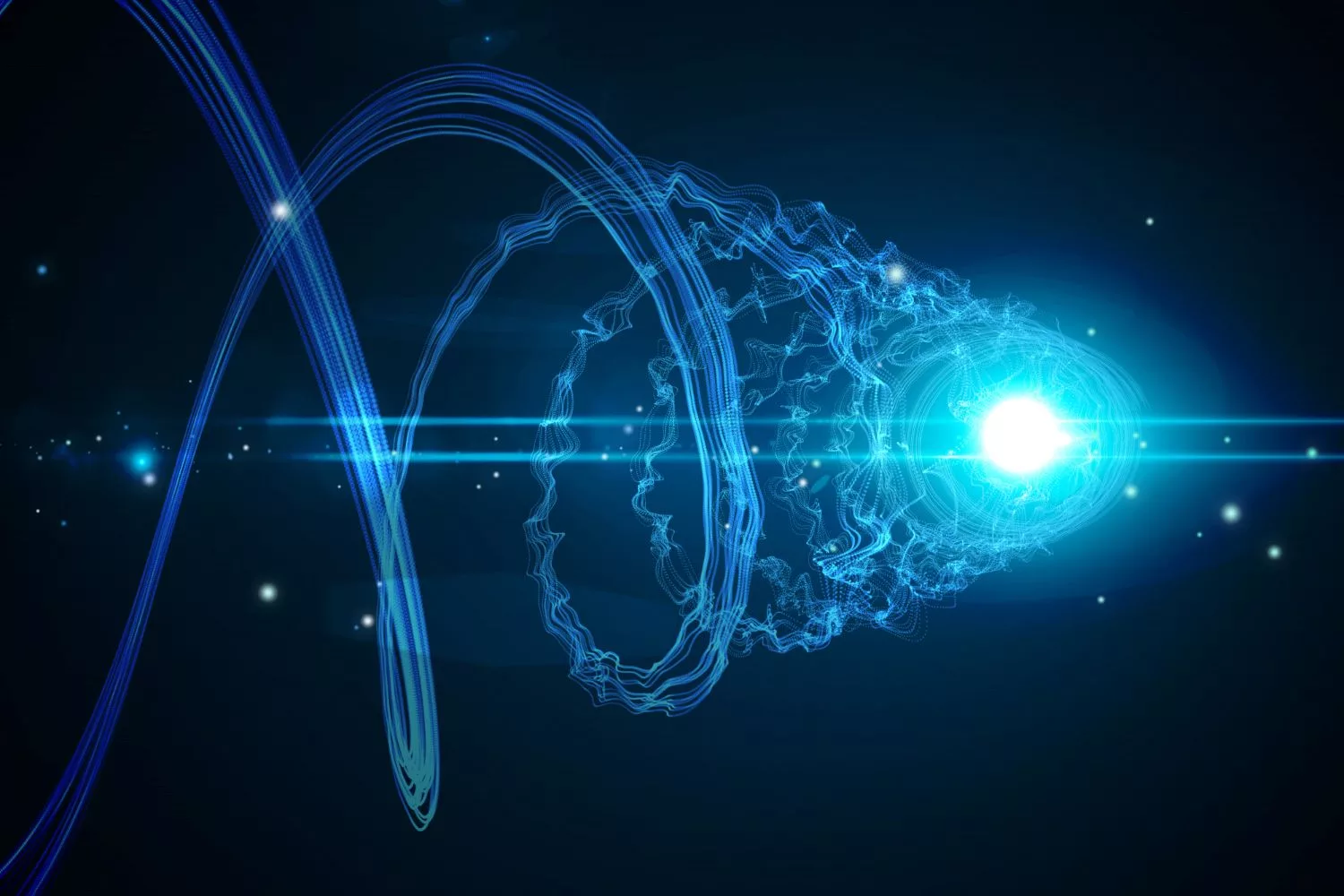Imagine a future where the internet isn’t just fast, it’s fundamentally different. Where information doesn’t travel through cables in bits and bytes, but dances across space in entangled photons, instantaneously linking quantum computers continents apart. In this shimmering vision of tomorrow, the backbone of communication is no longer copper or fiber; it’s quantum light.
At the heart of this revolution is a peculiar phenomenon known as squeezed light, and a team of researchers from the U.S. Department of Energy’s Fermi National Accelerator Laboratory and the California Institute of Technology believes it may be the key to unlocking scalable quantum networks. Their latest study, led by Fermilab scientist Alexandru Macridin, marks a pivotal step toward building a quantum internet, one that could transform scientific research, cryptography, and computing itself.
Quantum networks rely on entangled qubits: pairs of quantum bits that remain mysteriously connected, no matter how far apart they are. In quantum physics, entanglement is the ghostly thread that links particles across space, such that a change in one instantly affects the other. It’s a phenomenon Einstein famously referred to as “spooky action at a distance,” and it forms the cornerstone of quantum communication.
But building a network out of these fragile threads is no easy feat. Fiber optic cables, the workhorses of modern communication, introduce signal loss and memory decoherence. Quantum information is delicate, easily disrupted by noise, delay, or even the act of measurement itself.
A new way of entangling light and sound
That’s where squeezed light comes into play.
Squeezed light is a special state of light engineered to reduce quantum noise and enhance sensitivity. Think of it as tuning a radio to pick up the faintest signal in a storm of static. By manipulating the uncertainty in one property of light (say, its phase) while reducing it in another (like amplitude), scientists can create a beam that’s exquisitely sensitive to quantum effects.
“The greater number of entangled pairs per light signal, the greater the entanglement distribution efficiency,” Macridin explains. “But since entangled qubits readily decay, the entanglement generation rate is significant when you build this kind of thing. The more you create, the better.”
In their new protocol, researchers use two types of optical encoding to prepare photons at distant locations. These light sources are sent to a central site, where they pass through a beam splitter; one beam is transmitted, and the other is reflected. When the beams recombine and are measured, quantum mechanics dictates that the light itself is destroyed, but it leaves behind multiple pairs of entangled qubits that stretch across long distances.
Traditional entanglement swapping methods produce just one entangled pair per swap. But squeezed light changes the game. It enables scientists to entangle multiple qubits simultaneously, significantly increasing the efficiency of entanglement distribution.
Macridin calculated that producing one extra entangled pair requires three decibels of squeezing. “This means that no more than three or four entangled qubit pairs can be produced using current technology because it only allows for squeezing up to 15 decibels of light,” he notes.
Still, even this modest boost is a leap forward. With AQNET, Fermilab’s quantum networking initiative, researchers are already reaching metropolitan-scale distances using fiber optics. “This new protocol is another step toward that goal,” says Cristián Peña, who leads the AQNET project.
What makes this protocol especially promising is its compatibility with existing hardware. Fermilab’s entanglement swapping systems can be readily integrated into quantum repeaters, devices that extend entanglement across vast distances. These repeaters are crucial for building robust quantum networks, which can link quantum computers, sensors, and communication nodes worldwide.
So far, Macridin and his team have validated the protocol in ideal lab conditions. The next challenge is scaling it up, pushing the boundaries of squeezing technology, and deploying the system in real-world environments.
The implications of this work ripple far beyond physics labs. Quantum networks could revolutionize secure communication, enabling unhackable encryption. They could connect quantum computers into vast, distributed systems capable of solving problems beyond the reach of classical machines. They might even allow scientists to simulate complex phenomena, from climate systems to molecular interactions, with unprecedented fidelity.
In this future, photons won’t just carry data, they’ll carry entanglement, weaving together a web of quantum connections that defy classical limits.
And it all begins with a whisper of squeezed light.
Journal Reference:
- Alexandru Macridin, Andrew Cameron, Cristian Pena, Si Xie, Raju Valivarthi, and Panagiotis Spentzouris. Multiqubit entanglement generation with squeezed modes. Physical Review A. DOI: 10.1103/PhysRevA.111.052610
